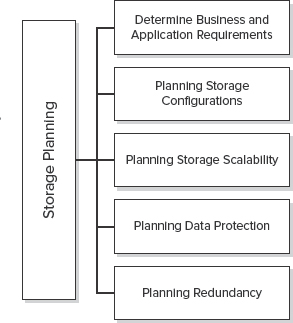17
Designing Your Storage Layer
By Bill Baer
In the world of business, data is your most important asset. Data loss results in lost productivity, and, more importantly, substantial losses in revenue. To help protect your data, you must ensure adequate, available, and secure storage. Managing and securing data is possible through a variety of technologies with SharePoint 2010, such as direct attached storage (DAS), network attached storage (NAS), and storage area networks (SANs), in addition to availability solutions such as failover clustering.
Storage planning for SharePoint 2010 is the fundamental step to ensuring reliable and consistent delivery of its benefits and capabilities. Careful consideration and planning of SharePoint's storage architecture is necessary to meeting your organizational need for sufficient scalability, fault tolerance, and recovery. When planning the storage architecture for SharePoint 2010, it is important that you address both the business needs and the specific methods for achieving these requirements.

FIGURE 17-1: Storage planning process
Storage planning involves a number of sequential steps outlined in this chapter, which include the following:
- Determining business and application requirements
- Planning storage configurations
- Planning storage scalability
- Planning data protection
- Planning redundancy
Figure 17-1 illustrates the storage planning process. ...
Get SharePoint 2010 Enterprise Architect's Guidebook now with the O’Reilly learning platform.
O’Reilly members experience books, live events, courses curated by job role, and more from O’Reilly and nearly 200 top publishers.

